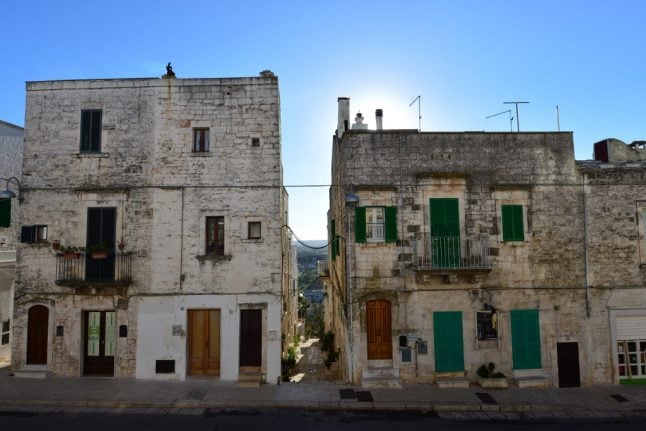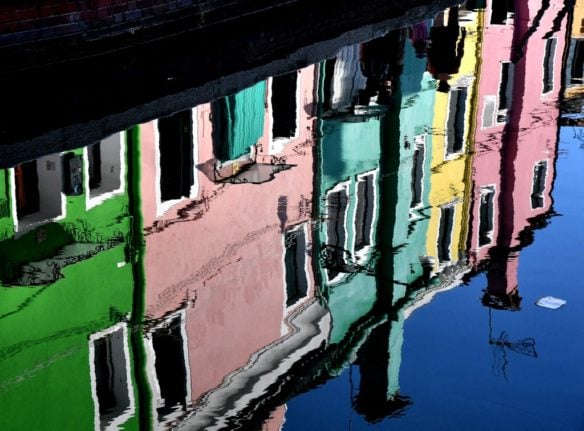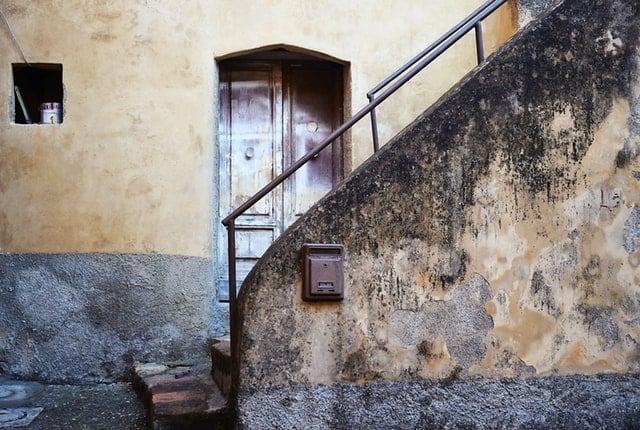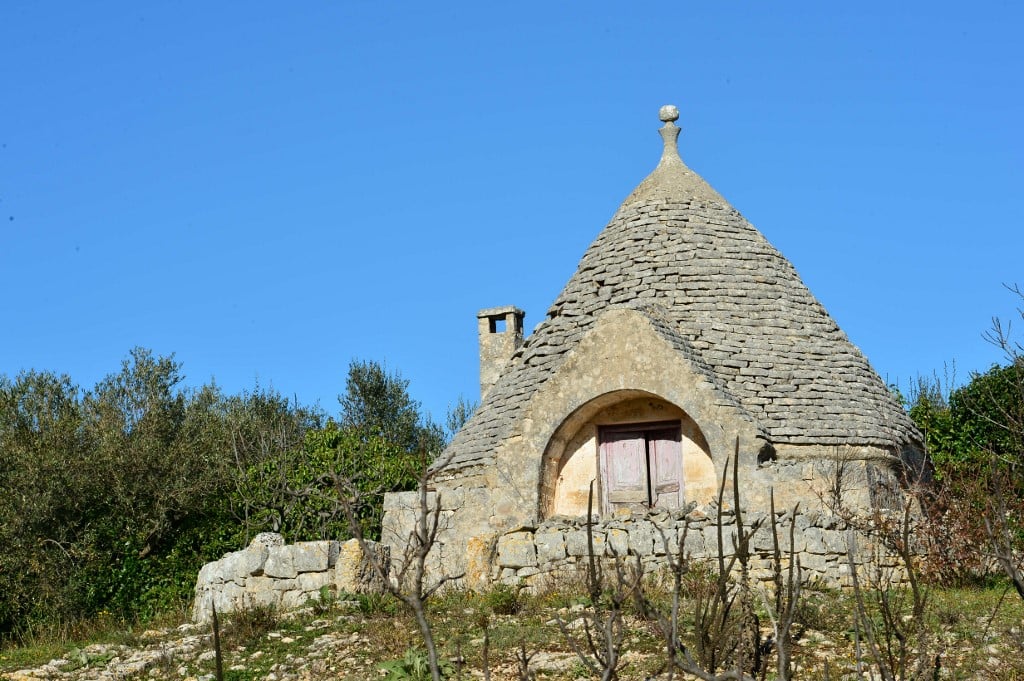Italy’s house price index, which measures changes in the market price of residential properties, increased by 1.9 percent in 2020 compared to the year before, provisional figures from national statistics office Istat show.
That’s the most the index has grown since Istat began tracking it in 2010. Since then, Italian house prices have fallen in seven years out of ten.
READ ALSO:
- The Italian properties ‘nobody’ wants to buy in 2021
- Searching for cheap Italian property online? Here’s what you need to watch out for
- What will happen to Italy’s property market in 2021?
Growth was fastest in the south of Italy and its islands, where prices rose by 3 percent in the last three months of 2020 compared to the same period a year earlier.
That seems to confirm reports that searches for property in the more rural south were booming amid the pandemic, as the rise of remote working drives more people to consider looking for more space in a cheaper area, or returning to southern hometowns after moving north for work.
Yet buyers don’t seem to be fleeing the cities altogether: in Milan, Italy’s densely populated economic capital, house prices grew by another 7.4 percent in the final quarter of 2020.
More broadly prices saw a smaller increase in the north-west (+1.7 percent) and north-east (+1.8 percent), but barely changed in the centre of Italy (+0.2 percent).
READ ALSO: ‘Reversed trend’: Property in southern Italy is now in demand due to the pandemic

After several years of decline, the latest growth takes Italy’s house price index roughly back to 2016 levels. Prices still remain 15 percent lower than when records began in 2010, soon after which house prices fell into a slump from which they have yet to recover.
Prices for newly built housing, which have remained far more stable over the past decade, grew by 2.1 percent over 2020 compared to the year before, its highest increase in at least eight years.
But prices for existing homes, which have plummeted by more than 20 percent since 2010, saw the most dramatic reverse. They rose by 1.9 percent last year, the first time in at least a decade that they’ve grown by more than half a percent.
READ ALSO: Italy’s building bonus: Can you really claim back the cost of renovating property?
After an initial slump as Covid-19 first hit, sales of homes in Italy seem to have picked up sharply towards the end of 2020 as people reevaluated their living situation or looked to property as a solid investment.
As well as trends towards larger homes with outdoor spaces, forecasters have been predicting more interest in properties in need of extensive renovation after Italy introduced generous tax deductions on work to make buildings more energy efficient and earthquake resistant.
Buyers are also expected to seek out more modern, open-plan homes and broaden their search to city outskirts or rural areas, housing market experts say.




 Please whitelist us to continue reading.
Please whitelist us to continue reading.
The Local has been an invaluable asset during our first 18 months as home owners in Sicily. Thanks to all who work on it.
Thank you on behalf of the whole team, that’s great to hear.
~ Jessica at The Local
Joining the chorus of thanks to all at The Local who work so hard to keep us informed. Having recently bought on an Aeolian island and having a rudimentary – at best – understanding of Italian, you guys rock! 👊🏻 THANK YOU!
Thank you for your support!
~ Jessica at The Local